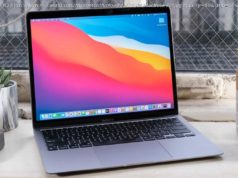Ubuntu for Windows to run in a Sandbox environment, with SUSE and Fedora also expected to get similar treatment
Windows Insiders are now able to download Canonical’s popular Ubuntu Linux operating system via the Windows Store and run it alongside Windows 10.
Windows and Linux have been getting closer for a while now, and the arrival of this first distro in the store is the culmination of that « understanding ».
The new Ubuntu for Windows runs in a Sandbox. SUSE and Fedora are also lined up to run in a similar way and we’ve already seen a similar technique used by our friends at Remix OS for their Android OS player.
The Ubuntu installation offers its own command line utilities, but perhaps most useful is that it has full access to the file system of the Windows machine meaning it can share all your media and documents.
It’s certainly going to bring Linux to a much wider audience of people who want to give it a try but don’t fancy fiddling with conventional dual-boot, and for people that like to flip between, it’s perfect.
Using the feature still involves dabbling with the « Turn Windows features on or off » Window and selecting « Windows Subsystem for Linux », so it’s not exactly plug and play.
When it was first announced that a Linux subsystem including the Bash Command Line was to be included in the Windows 10 Anniversary Update, some security researchers expressed concern that it would lead to double-trouble vulnerabilities such as code injection into the usually closed source Windows system.
The upshot was that a Linux installation could modify a Windows installation and vice versa, because there was shared kernel access, instead of some sort of Hypervisor which by Microsoft’s own admission, would have been significantly slower.
However, after some jiggering about and tinkering, it looks like they’ve found a way to make it all work and so from today, you lucky Insiders will have access to Ubuntu as a sandbox, which should keep any nasties away from the Windows installation.
There’s no word yet on when the rest of us will get our hands on Linux for Windows, but we’d imagine it won’t be long. Whether or not that turns out to be a good thing in the long-term remains to be seen.






